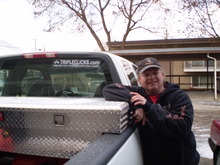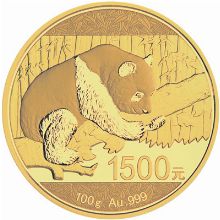Hanging with Mom. An Orangutan mother really babies her baby. She carries the youngster everywhere and at night they snuggle together in a leafy nest high in the trees. |
"It's soooo cute!" That's how most people react to a cuddly puppy or an adorable kitten. There are millions of kinds of animal babies. Some are tiny versions of their parents; others don't look at all like the adults they will eventually become. Some enter the world fully "dressed," while others lack fur or feathers.
Many animal babies are completely independent right away; others need years of care from their parents. Most animals lay eggs-sometimes thousands at a time. The rest of the animal kingdom give birth to live young-from one to several babies at a time. Whether born or hatched, babyhood is a dangerous time for animals.
Keep reading to discover more about the different ways animal babies come into the world and what happens to them once they arrive.
Special Delivery
Most animal babies never see their parents. Many turtles, fish, and snakes simply lay their eggs and leave. The babies of these animals can survive on their own from the moment they hatch. But many other creatures couldn't survive without their parents' care. Some just need to be fed. Others need their parents for warmth, protection, and training.
Ready to Run. A mother zebra licks her long-legged newborn clean. Within an hour of its birth, a baby zebra stands up. Soon after, it can gallop after its mother. |
All mothers provide food for their young in one way or another. Butterflies lay eggs on plants that caterpillars will eat as soon as they hatch. Baby chickens are nourished by the yolk inside their eggs. Robins pull up worms to feed their offspring. Mammals nurse their young, sometimes for years.
 |
Tall Baby. Like all mammals, a newborn giraffe drinks its mother's milk. Six feet tall at birth, the baby is taller than most grown men. |
Pocket Baby. Tucked inside its mother's pouch, a newborn kangaroo nurses. It will remain there for six months while its body develops and grows fur. Protective Parents. |
When enemies threaten, animals may jump up and down, raise their tails, or chatter to sound an alarm. Mothers such as the lemur at right snatch up their babies and run. Raccoons carry their cubs with their mouths, holding the babies by the skin on their necks. A gorilla might clutch her baby tightly. A mother deer can't do either, so she nudges her fawn into hiding. While many animals lay eggs and leave, many others protect their young until the babies are prepared for on their own.



























